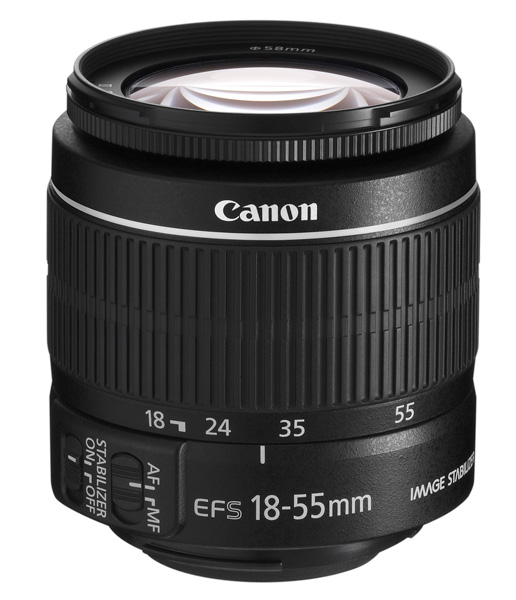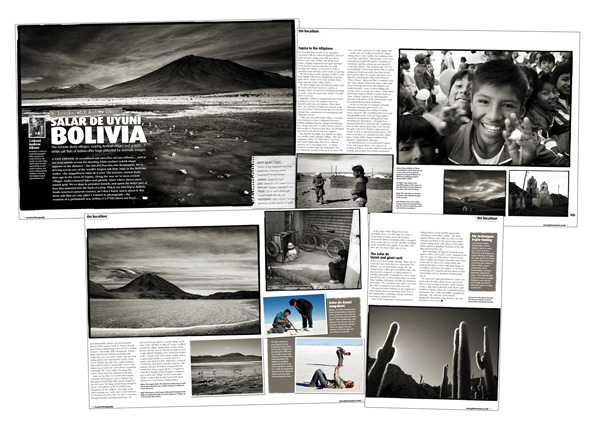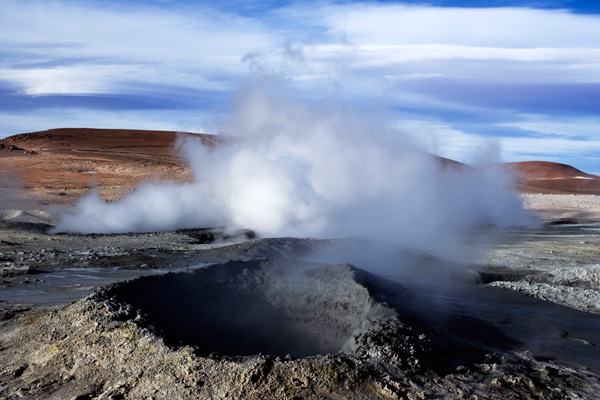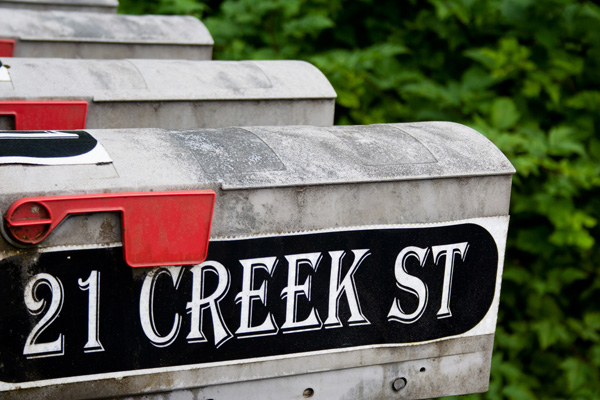This article was written by Andrew S Gibson, the author of Understanding Lenses: Part I, and is the first in a series of lessons about camera lenses.
Lenses are one of the most important pieces of camera equipment you can own. A good lens, well looked after, should last you decades, much longer than any digital camera body. That’s why professional photographers spend thousands on glass, and why so much has been written about which lens (or lenses) you should buy.
If you are like most photographers, your buy your first ‘serious’ camera (ie one with interchangeable lenses) with the manufacturer’s kit lens (the EF-S 18-55mm f3.5-5.6 IS II lens pictured above is a Canon kit lens).
Most kit lenses are, by their nature, inexpensive (a polite way of saying cheap). That’s understandable – all the manufacturers are in competition with each other and they keep the prices of their camera kits down by creating inexpensive kit lenses. A kit lens will get you started, and you can buy other, better quality lenses when you outgrow it.
If your only lens is a kit lens, does that mean you should go out and buy a better one straight away? No it doesn’t – no matter what anyone says, or how much you lust after expensive glass, your kit lens is a great lens to get started with. If you’re in a position where you can’t afford to buy another lens, or you simply just don’t know which one to buy, don’t sweat it. You’ll be surprised at just what you can do with your kit lens once you know how to get the best out of it.
Don’t believe me? Then check out this blog post by Jingna Zhang – a professional fashion and editorial photographer. She’s good, and she got her start with an EOS 350D and the 18-55mm kit lens it came with. The quality of images she created with that camera and kit lens, manufactured in 2006 and an outdated combination by today’s standards, is very high. Take a look and you will see what I mean.
Her article resonated with me because I got started with the same camera and lens combination. I didn’t know what lenses to buy for the camera, so I decided to stick with the kit lens to start with and took it with me on a trip to South America. I soon realised that the lens wasn’t a great one (thankfully it has been discontinued and Canon sells a much better kit lens with its entry level cameras).
However, despite the relatively poor image quality some of the photos I took with that lens were good enough for publication. I illustrated my first published article, a piece in Practical Photography, with photos taken on that journey with the kit lens (illustrated above). Several more of the photos were published in other photography magazines. It wasn’t the world’s best lens, but it was good enough to get me started – the Practical Photography article was a turning point for me because it gave me the belief that I could make it as a writer.
Getting the Best out of your Kit Lens
So, how do you get the best out of a kit lens? My approach is to think of the lens as two lenses in one. If you have a kit lens of typical focal length, 18-55mm, then treat it as an 18mm and 55mm lens in one. The 18mm is a moderate wide-angle that is great for landscapes, architecture and environmental portraiture. The 55mm end is a short telephoto lens ideal for compressing perspective and taking portraits or closing in on details.
That doesn’t mean you can’t use the in-between focal lengths, and there are times when you can’t avoid it, but by sticking with the shortest and longest focal lengths you will learn how those focal lengths behave.
Lenses are the ‘eye’ of your camera system and your photos will improve as you learn the characteristics of each focal length.
Some kit lenses also have another useful feature – an Image Stabiliser (Canon’s term, Nikon uses Vibration Reduction and some lucky camera owners have it built into their camera bodies). An Image Stabiliser lets you take photos at slower shutter speeds than would otherwise be possible. So, theoretically, you could hand-hold the camera, set the focal length of the lens to 18mm, and take a photo without camera shake at 1/4 or even 1/2 second. That’s awesome in low light and lets you explore the creative potential of taking photos in the evening or at night.
Kit Lens as Wide-Angle
The above photos were taken at the 18mm end of my kit lens. You can see how I got in close to the subject, sometimes tilting the lens backwards to take advantage of the converging verticals effect.
Kit Lens as Short-Telephoto
These photos were all taken at the 55mm end of my kit lens. The photos have a completely different quality, thanks to the compressed perspective and limited depth-of-field.
Shortcomings of Kit Lenses
Your kit lens is probably a better lens than you think it is, but it’s still not a great lens and has several shortcomings. At some point you will bump up against the limitations. This is not a bad thing, it simply indicates that you’re at the stage where a different lens will help you take better photos.
These are the main limitations of kit lenses:
Focal length: You may find that even the 18mm end of your kit lens is not wide enough – you need a shorter focal length so that you can crate more dramatic images or fit more in. In that case it’s time to start thinking about buying a new wide-angle lens.
On the other hand, if you find the 55mm end doesn’t get you as close as you would like to your subject, then you need a telephoto lens. This could happen if you are photographing wildlife or sport, for example.
Autofocus: The autofocus on kit lenses tends to be slower and noisier than that on more expensive lenses. If the autofocus performance of your kit lens is holding you back, it may be time to upgrade.
Aperture: Kit lenses are ‘slow’ lenses. This means they don’t have a very wide maximum aperture. The reason is simple – the wider the maximum aperture the larger the lens body and lens elements required, which pushes manufacturing costs up. Kit lenses are made with relatively small maximum apertures to keep the price down.
The maximum aperture at the 55mm end of most kit lenses is around f5.6. If this isn’t wide enough, you could buy a zoom that covers the same focal length with a maximum aperture of f4 or f2.8, or a prime 50mm lens with a maximum aperture of f1.8 or wider. The wider apertures on these lenses help you take photos in low light or to use narrow depth-of-field creatively.
Build quality: If you tend to knock your camera around a bit, or shoot in bad weather, then you may need a lens that is built better than your kit lens. The top lenses in each manufacturer’s range have metal bodies, metal mounts and weatherproofing.
Understanding Lenses: Part I
If you liked this article then take a look at my latest eBook, Understanding Lenses: Part I – A guide to Canon wide-angle and kit lenses. If you hurry, you’ll get a discount – scroll down that page for details.
In the next lesson I’m going to take a look at wide-angle lenses, how to get the best out of them and some of the points you should consider before buying one.
Source


















 Reply With Quote
Reply With Quote


Social Networking Bookmarks